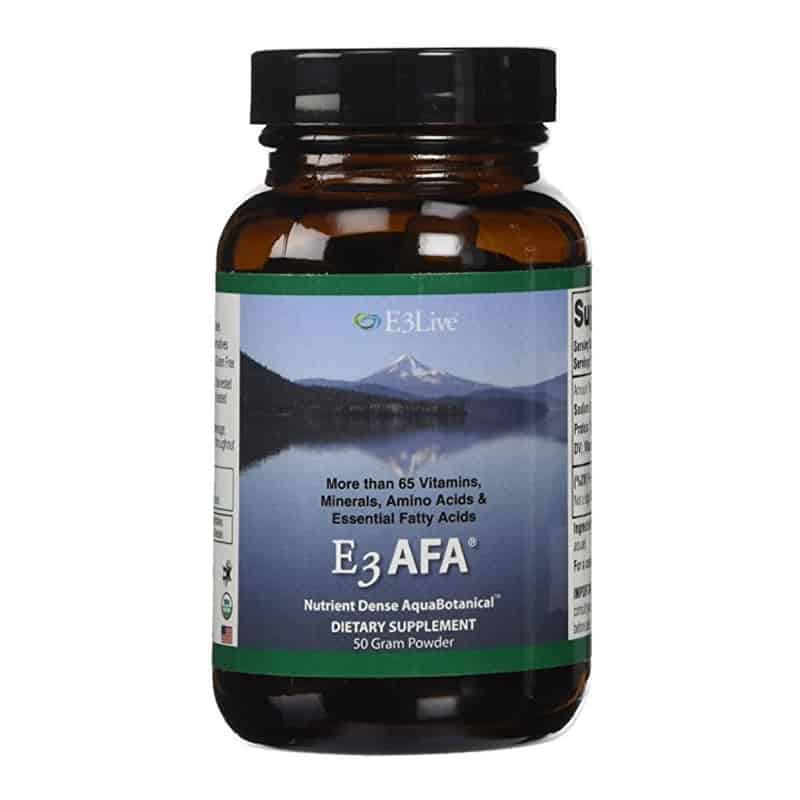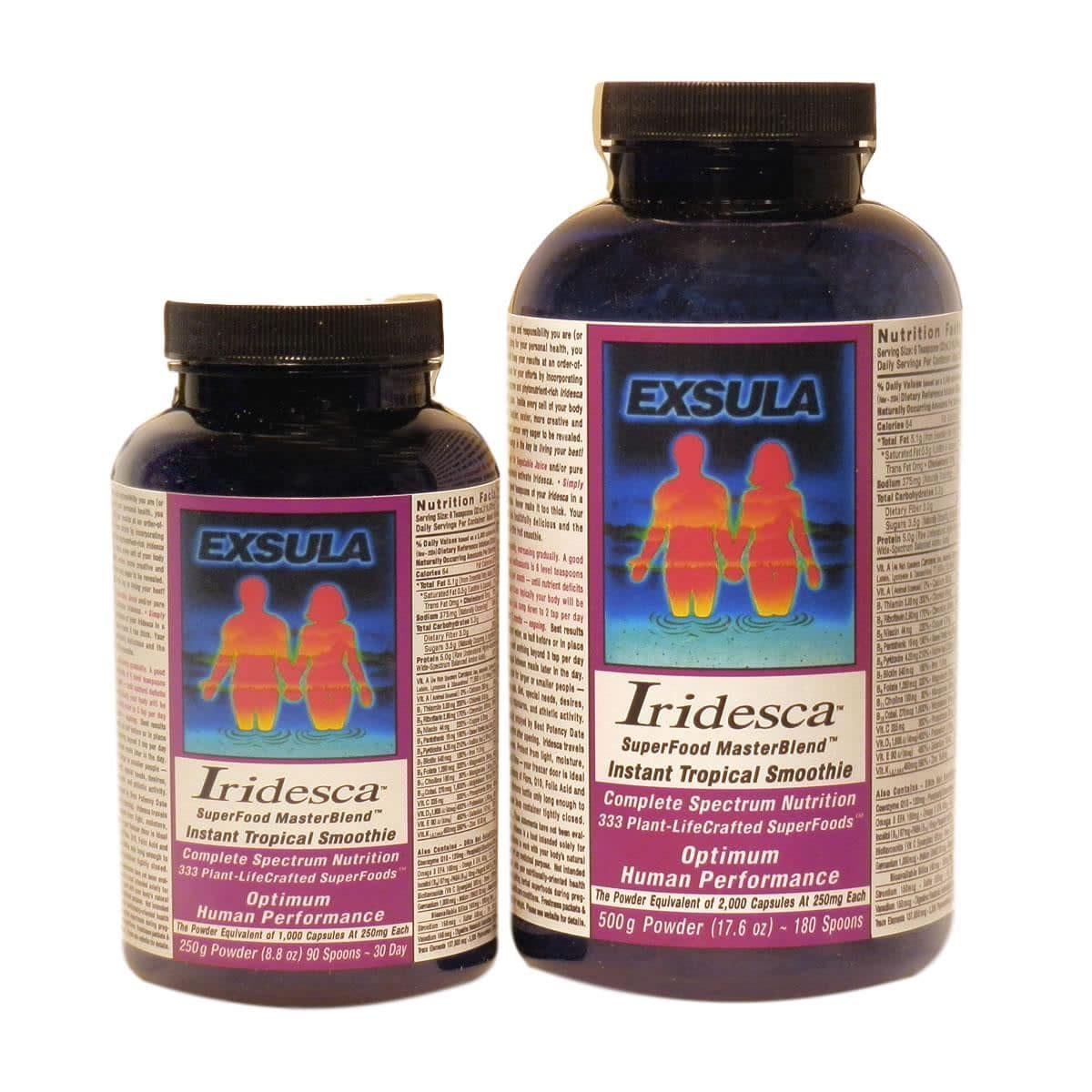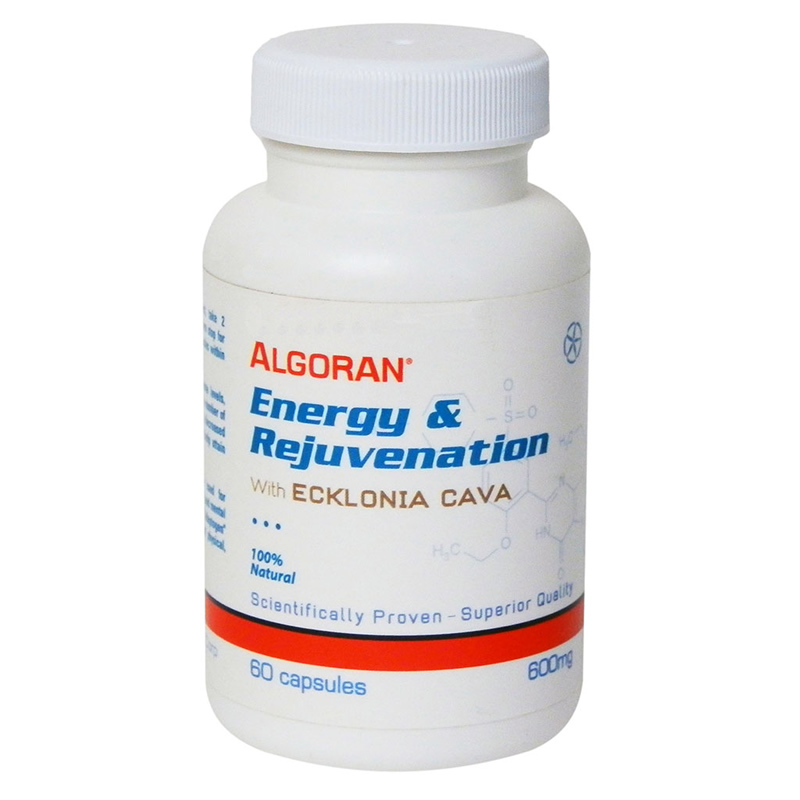No products in the cart.
Algae: Red
Laver, Nori – Porphyra Species
Description: There are at least four species of Porphyra in northern New England waters: P. umbilicalis, P. miniata, P. leucosticta, and Porphyra Linearis. They are red algae, with color ranging from dark brown and nearly black to reddish-purple.
Porphyra umbilicalis is most prominent with broad, very thin, papery, translucent blades, which are one cell thick. Its species name umbilicalis (meaning ‘of the navel”) comes from the fact that the small holdfast is usually centrally located and the membrane tends to have a pinched appearance where it joins the holdfast.
Habitat: P. umbilicalis is found in the upper and mid-intertidal zone on rocks and mooring balls in protected waters. P. miniata, a bright rose-colored species, is found at or below the low tide mark. P. Ieucostkta is smaller and usually grows on kelp fronds and rocks in the shallow subtidal zone. P. Iinearis is also small, has a narrow blade, and grows to be 2 to 3 inches long. It is found in turbulent, coastal waters in the upper intertidal zone.
Foraging: The peak harvest for Porphyra is early to mid-spring. Fronds are tough by summer. It is harvested by plucking the seaweed from rocks at low tide.
Preparation: Porphyra may be air-dried or pressed into thin sheets. To air dry, seaweed is washed quickly in cold, fresh water and hung on a clothesline or spread on screens to dry in the sun. Porphyra can also be toasted over a charcoal fire, broken up, and added to soups and sauces. For use in Japanese cuisine (especially for “sushi”), certain species of Porphyra are pressed and dried into paper-like, 3-gram (.11 ounce) sheets, 18 x 21 centimeters (7.09 x 8.27 inches) in size.
Uses: P. umbilicalis and P. miniata are air-dried and used in soups, in lever bread, and as a seasoning for many dishes. Some Porphyra species (such as P. Iinearis, which has a taste very similar to the Japanese species P. tenera) are commonly used as a wrapping for sushi, a Japanese dish. Nori has antiscorbutic properties (prevents and cures scurvy), is used as an antibiotic, and reduces blood cholesterol.
Nutrients: High in protein, vitamins B1, B2, B6, B1 2, vitamin C, and vitamin E. Alsocontains manganese, fluoride, copper, zinc, sugar, starch, and trace elements.
Irish Moss – Chondrus crispus
Description: This red alga has large clumps of fan-like fronds, 3 to 7 inches tall. The fronds are flattened and may be narrow, branched, curled, or twisted. Several blades arise from a single holdfast and the tips of the blades are rounded. The color varies with locality and season, ranging from white, when washed ashore on beaches, to green and dark purple-red.
Habitat: Chondrus crispus occurs abundantly on rocks or horizontal ledges at or below the low tide mark and-in the shallow subtidal zone. It grows in sheltered, open coastal, and estuarine sites with strong tidal currents. It has also been found in water as deep as 60 feet.
Foraging: Irish moss is a perennial and is at peak for harvest in spring and summer. Harvesting in the summer is best for high vitamin A content. This seaweed is raked by hand at low tide from small boats or cut with sickles by wading out in shallow water. Storm-cast seaweed is often harvested from beaches.
Uses: As a source of the valuable carrageenan, this alga is of great commercial importance. When Chondrus is dried and boiled in water, carrageenan is extracted. Carrageenan is a gummy substance made of very large molecules that remain dispersed and suspended in liquids without settling to the bottom. It is used primarily as a thickener, stabilizer, and gelling agent in food and food products (jello, ice cream, salad dressings, chocolate and evaporated milk, pudding, frozen desserts, etc.), pharmaceuticals, toothpaste, cosmetics, paints, and textile sizings.
Chondrus was given its common name, Irish moss, because residents in County Carragheen, Ireland, discovered about 600 years ago that a handful of the seaweed cooked with milk and flavored made a delicious pudding. (See recipe for Irish moss pudding on page 27.) Irish moss gelatin (made by boiling the seaweed in water and straining it) has been used as a soothing remedy for ulcers.
Processing: Carrageenan is extracted by boiling the algae.
Nutrients: High in protein, vitamin A and iodine. Also contains sugar, starch, vitamin B1, iron, sodium, phosophorus, magnesium, copper, calcium, soluble nitrogen, bromine, potassium, chlorine, sulfur, boron, aluminum, and trace elements.
False Irish Moss – Mastocarpus stellatus
Description: False Irish moss is a small stiff plant, growing in tufts 2 to 3 inches tall with flattened and often curled blades. The terminal surfaces of the blades are covered with irregular “lumps” that enclose microscopic reproductive cells. It is usually dark red to brown in color and grows densely on rocks, forming a thick carpet.
Habitat: This seaweed, along with Irish moss, forms a distinct zone at the fringe of the low intertidal zone, between the rockweeds above and the kelp below. False Irish moss grows better on sloping and vertical rocky substrates, while Irish moss is more often found on horizontal ledges. Mastocarpus grows in areas of strong tides and minimal surf action.
Grows in areas of strong tides and Foraging: Mastocarpus stellatus is usually harvested incidentally with Irish moss.
Uses: Its major use is as a source of carrageenan. It has been used medicinally for coughs and chest and stomach ailments.
Processing: Like Irish moss, it is boiled and carrageenan is extracted from the aqueous solution.
Nutrients: See Irish moss above.
Dulse – Palmaria palmate
Description: Dulse is deep red or purple. The blades are flattened and broad with numerous forks. Lobed segments make the plant appear hand-shaped, thus its name palmata meaning “of the palm.” It has a tiny, disc-shaped holdfast and widens almost immediately into tough, leathery fronds. Dulse grows to 1 foot in length.
Habitat: This is a common red alga growing near or below the low tide mark in somewhat protected bays with strong tidal currents. It grows best on long sloping ledges. It is also commonly found growing on the stipes of kelps.
Foraging: Dulse is a perennial and is at peak for harvest from late spring to mid-fall. It should be collected in mid- to late summer for high vitamin A content and early to late fall for high vitamin C . It is harvested by cutting the plant from rocks at low tide.
Uses: Dulse is used exclusively for food.
Preparation: Dulse is simply spread out on the ground, air dried, and then packaged in plastic bags for distribution. It may be eaten directly as seaweed “chips” or added to soups, sauces, salads, and relishes. Some dulse is also dried and ground for use as a seasoning.
Nutrients: Very high in protein, iron, and fluoride and vitamins B6 and B12. High in potassium, iodine, and phosphorous. Also contains sugar, starch, vitamin A, vitamin E, vitamin C, soluble nitrogen, yeast, bromine, magnesium, sulfur, calcium, sodium, radium, boron, rubidium, manganese, titanium, and trace elements.
Algae: North Pacific Red
Especially of interest as a unique immune system vitalizer. Many similar attributes to Kelp and Dulse for energy.
Trace minerals and highly-unique phytonutrients from Red marine algae has been a valued food in Asia for thousands of years due to its highly nutritious qualities. Carrageenans, a family of polysaccharide compounds extracted from algae, have been studied for their unique properties. In vitro studies show that carrageenans aid in a cells natural defense by significantly minimizing the binding of unfriendly proteins to the cells surface.
Red marine algae, a therapeutic superfood, provides the body with a full array of nutrients including complete protein, complex carbohydrates, essential fatty acids, fiber, vitamins, minerals, trace elements, enzymes and sulfated polysaccharides. Its medicinal properties are thought to enhance the immune systems regulatory response, indicating that it is an immunomodulatory and antiviral agent. Upon digestion, this whole food complex with its synergistic nutrients is rapidly assimilated and absorbed.
In particular, the sulfated polysaccharides are thought to support the immune systems antiviral response by activating lymphocyte production. This induces the formation of antibodies, which boosts T-cell production, inhibiting viral pathogenesis. For example, Dumontiaceae has been shown to support the body’s specific immune response to control and reduce the Herpes Simplex Virus population, stopping or lessening the occurrence and severity of outbreaks.
Red marine algae has been used by people as a food staple for thousands of years. In the Chinese Materica Medica, a volume dating back to 600 B.C., we find the following statement, Some algae are a delicacy fit for the most honorable guest, even for the king himself. (Porterfield, 1922). In China, Japan and the Indo-Pacific region, several dozen species of red algae are used.
More About Red Algae
Especially of interest as a unique immune system vitalizer. Many similar attributes to Kelp and Dulse for energy. Trace minerals and highly-unique phytonutrients. Red marine algae has been a valued food in Asia for thousands of years due to its highly nutritious qualities. Carrageenans, a family of polysaccharide compounds extracted from algae, have been studied for their unique properties. In vitro studies show that carrageenans aid in a cell’s natural defense by significantly minimizing the binding of unfriendly proteins to the cell’s surface.
Red marine algae, therapeutic super food provides the body with a full array of nutrients including complete protein, complex carbohydrates, essential fatty acids, fiber, vitamins, minerals, trace elements, enzymes and sulfated polysaccharides. It’s medicinal properties are thought to enhance the immune system’s regulatory response, indicating that it is an immunomodulatory and antiviral agent. Upon digestion, this whole food complex with its synergistic nutrients is rapidly assimilated and absorbed. In particular, the sulfated polysaccharides are thought to support the immune system’s antiviral response by activating lymphocyte production. This induces the formation of antibodies, which boosts T-cell production, inhibiting viral pathogenesis. For example, Dumontiaceae has been shown to support the body’s specific immune response to control and reduce the Herpes Simplex Virus population, stopping or lessening the occurrence and severity of outbreaks.
Red marine algae has been used by people as a food staple for thousands of years. In the Chinese Materica Medica, a volume dating back to 600 B.C., we find the following statement, ” Some algae are a delicacy fit for the most honorable guest, even for the king himself.” (Porterfield, 1922). In China, Japan and the Indo-Pacific region, several dozen species of red algae are used. Upon digestion, Dumontiaceae’s broad spectrum of nutrients is rapidly assimilated and absorbed by the body. A nutritional analysis of this red marine algae shows it to be composed of carbohydrates, proteins and fatty acids.
The unique combination of nutrients found in Dumontiaceae is important in the following ways: It is complete protein with all the essential amino acids – unlike most plant foods. Complete proteins are crucial because they are involved in all major metabolic processes, such as energy production, rebuilding and enzyme production. It contains both simple and complex carbohydrates which affect a quick but sustained release, providing the body with an excellent source of additional fuel for its many constant energy needs. In particular, the sulfated complex carbohydrates are thought to enhance the immune system’s regulatory response. It contains an extensive fatty acid profile, including Omega 3 and Omega 6. These essential fatty acids also play a key role in the production and availability of body energy. It has an abundance of vitamins, minerals, and trace elements in a naturally occurring, synergistic design. For example, it contains an excellent magnesium to calcium ratio of 2:1, and potassium to sodium ration of 4:3.
In a search for anti-herpetic substances, studies of California red marine algae proved to be particularly interesting (Ehresmann et al., 1977, 1979; Hatch et al., 1979; and Richards et al., 1978). One study conducted, by a Senior Research Fellow of the chemistry department at G.D. Searle & Co., Dr. Raphael Pappo, Ph.D., demonstrated the algae’s beneficial effects on people with Herpes Simplex Virus and II. Several years of study suggested to Dr. Pappo that the red marine algae assists the body’s specific immune regulatory response and plays a key role in preventing the recurrence of the virus.
More recent research on extracts of red marine algae suggest that specific carbohydrates (sulfated polysaccharides) may inhibit both the DNA and RNA of viral infections and may operate both outside and within our infected cells (Baba et al., 1988, Mitsuya et al., 1988, Ueno and Kuno, 1987. ) Work done in this area has shown sulfated polysaccharide compounds suppressed retroviral replication and inhibited viral reverse transcriptases (Solomon et al., 1966, Schaffrath et al., 1976). A study done by Neushul (1990) showed that nearly all of the 39 species of marine red algae, including the family Dumontiaceae, also contained and exhibited an inhibitory substance that suppressed retroviral replication and inhibited viral reverse transcriptases.
Studies by Nakashima et al., (1987, 1988) support the hypothesis that a common immunomodulatory cell wall carbohydrate, like carrageenan, is a type of heparin receptor molecule, binding to a cell and triggering a specific cellular response sequence. Carrageenan may also be internalized into infected cells, thus inhibiting the virus. It also may inhibit fusion between infected cells (Neushul, 1990, Gonzales et al., 1987) suggesting that sulfated polysaccharides inhibit a step in viral replication subsequent to viral internalization but prior to the onset of late viral protein synthesis. In conclusion, the research indicates that the polysaccharides act as an immunomodulatory agent.
Because of the severity of the present AIDS epidemic and the debilitating effects of Herpes Simplex and Epstein- Barr, it is becoming more important than ever to reexamine the antiviral and immunomodulatory effects of red marine algae. Maintaining a strong, healthy immune system is of the utmost importance. The ease with which so many individuals acquire infections and are subject to viral conditions suggests that we are all relatively weak in our ability to resist pathogens. When the immune response is inadequate to meet the challenge of an invading pathogen, the agent escapes destruction and is able to multiply and chronically persist in the tissues.
Red marine algae is capable of working on multiple levels to strengthen the body and solidify its primary defense system. This is accomplished in several ways: First and foremost, returning to whole foods from the ocean can help realign our bodies to the ancient life-giving balance. Any immune disorder causes a severe mineral deficiency. Red marine algae is rich in minerals and is organized in such a way that the body can utilize them easily. Minerals and trace elements are the key to restoring and maintaining proper acid/alkaline balance in the body.
When a proper acid/alkaline balance is not maintained, the body falls into a state of degeneration. Acid conditions develop which create a chronic stage of disease. Too much acidity allows yeast, virus, rebellious cancer cells and various other parasites to thrive. Acidity also leads to conditions such as chronic fatigue, AIDS, arthritis and allergies. The effect of red marine algae is to create an alkaline reaction in the tissues in order to rebuild healthy tissue. Red marine algae provides a nutritional base for improved digestion. Improved digestion enhances organ function and thereby nourishes the colon, liver and adrenals. Proper function of these organs reduces tension, helps us live with stress and enables our bodies to maintain a more constant vitality.
Ocean vegetables contain ten to twenty times the minerals of land plants, as well as an abundance of vitamins and other elements necessary for proper metabolism. Each ocean vegetable exhibits a distinct nutrient profile and a selective nature for its medicinal use. Current research has now established a link between nutrient-rich red marine algae and the body’s immune system response. Our ability to survive in a hostile environment that may seem out of control demands that we take steps to recover our health and maintain our immunity. Therein ocean vegetables may be one of our most important allies in a changing world.







